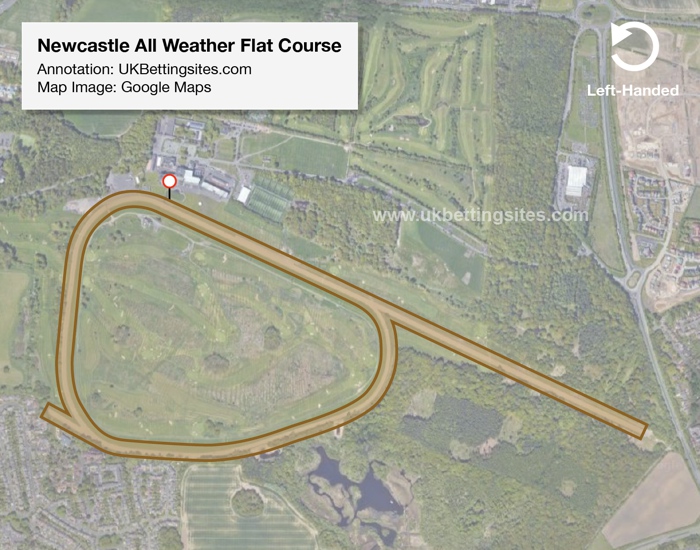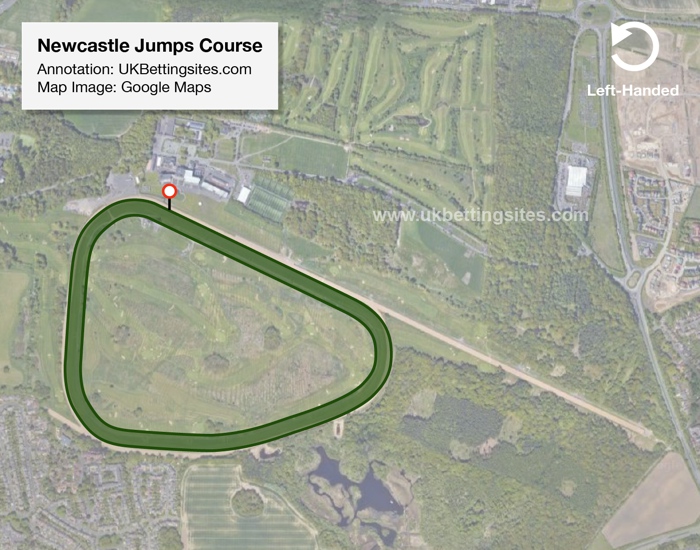Newcastle Racecourse
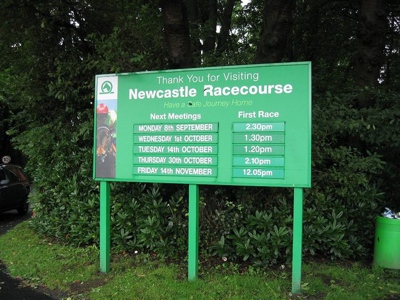
Located in Gosforth Park, Newcastle racecourse is owned and operated by Arena Racing Company. Racing first took place in the North East in the early 17th century, whilst the Town Moor hosted the first Northumberland Plate race in 1833, although this was then moved to the current location in 1882. Scottish business owner David Williamson joined Newcastle as managing director in 2002 and over the course of six years was able to boost the turnover of the company by over £4m. The Northumberland Plate alone now brings in over £30m to the regional economy.
In December 2013, Arena Racing Company announced plans to change the flat turf course into an all-weather track, to go alongside the pre-existing turf jump-racing course. Newcastle racecourse is fairly accessible to all racegoers, situated on the outskirts of Gosforth and just five miles from the city centre. Customers travelling by car are encouraged to follow the brown and white tourist signs following the A1 and A19. Those travelling by train should take the metro along the airport line to Regent Centre Metro Station, where a free bus service is in operation on all race days.
Ticket Prices
Standard prices at Newcastle racecourse enable entry to the grandstand and paddock enclosure from as little as £13, whilst access to the premier enclosure is priced at just £19 for standard meetings. Customers under the age of 18 are permitted free of charge when accompanied by a full paying adult.
The Course
Notable trainers from around the country voiced their opposition to the Arena Racing Company’s £11m plans to replace Newcastle’s flat turf racing course with an all-weather one. Despite the disapproval, the ARC refused to change their decision and alterations went ahead, being completed in May 2016. The popular Tyneside course now offers jockeys and horses a left-handed challenge on an artificial Tapeta surface. Unlike other all-weather grounds, it offers a floodlit one mile straight track, as well as a round circuit.
The turf steeplechase course contains 11 reasonably stiff fences, with three in close proximity down the home straight that certainly make for a challenge as legs tire. As for the hurdles course, it has just seven flights and again three in the home stretch prior to the winning post.
Both these courses at Newcastle are quite often used as preparation for horses running at Cheltenham and Aintree. Many that are sent here end up facing difficult conditions underfoot so in the winter months, stamina is often preferred over pace.
High Draw Bias Remains
On Newcastle’s old turf course, a spot on the outside proved advantageous for races that took place on the seven furlong straight track. High drawn runners had a significantly better strike rate then and it is something that has, thus far at least, carried over to the all-weather track. Racing only began here in May 2016 but there is probably already enough data available to paint a clear picture of the draw impact.
Over seven and eight furlongs, there’s not too much to talk about but the bias is strong when looking at short sprints. An examination of 199 races, five and six furlongs in length, that featured at least 10 runners and riders shows that high drawn runners won 92 times compared to 54 each for low and mid-drawn. In terms of Impact Value, the high draw sits at a decent 1.25 and over such a large amount of races, this appears to be statistically significant.
While being closest to the stands is optimal on the straight track, it’s anything but on the round circuit. Any horse more than three or four deep ends up having to cover so much more ground with the course turning so much of the way. In well-attended races, such as the course’s biggest contest, the Northumberland Plate, this makes jockeyship of the upmost importance as squeezing into a spot by the rail can make all the difference.
Jumpers Set Steady Pace
You’ll tend to find that National Hunt races at Newcastle are often run at a reasonably steady pace, in part due to its stiff nature. With a long and steady uphill climb to the line, it makes sense that you don’t see horses flying off with a full circuit left to go.
Regularly testing conditions also contribute to the frequency of slower run races and only on such occasions does Newcastle offer a decent stamina test. To make things a little less taxing for horses, you’ll often see the more experienced of jockeys taking their mounts to the stands side in search of better ground.
Major Meetings at Newcastle
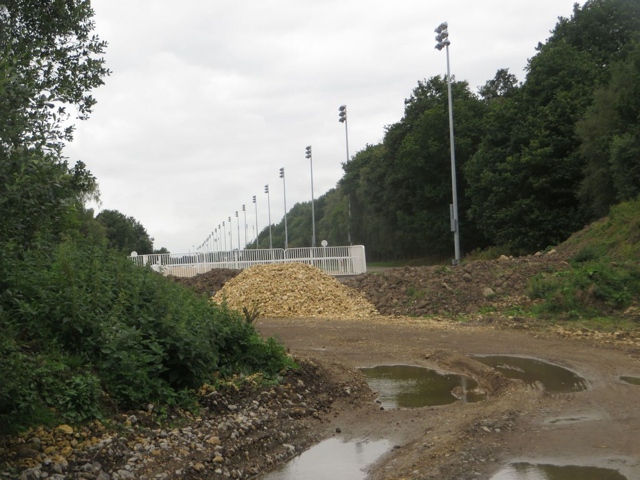
Although David Williamson introduced Ladies Day at Newcastle, which attracts over 15,000 people each year, by far the most popular race is the Northumberland Plate. Established in 1833, the thoroughbred race is run annually in late June or early July over a distance of 2m and 19 yards. It is widely known as one of the richest two mile handicaps in the world.
From 1857, the horse Underhand won it three years in a row and remains the most successful horse in the history of the race. Another popular flat race at Newcastle is the Chipchase Stakes, which is run on the same afternoon as the Northumberland Plate. Established as recently as 1994, the stakes is run over a distance of 6f.
In terms of National Hunt, the two main races at Newcastle are the Fighting Fifth Hurdle and the Eider Chase. The hurdle was first run in 1969 and is run over two miles each year in late November or early December, featuring nine hurdles. The chase is slightly longer, measuring at 4m1f and is seen as a trial for the Grand National. In 2008, the horse Comply or Die managed to win both races.
Dining and Hospitality
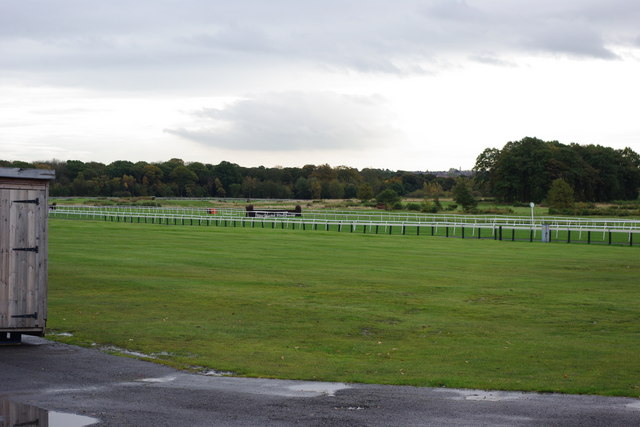
There are a number of hospitality packages available for customers visiting Newcastle racecourse, including both restaurants and private boxes. The basic restaurant package is priced at £78 per person, whilst the premier buffet is valued at £108 per person. The Grande Buffet Package is the most expensive of the three, costing a total of £150 per head.
In terms of private boxes, Newcastle are able to accommodate parties of between 6 and 36 people. The Gold package is available for £120 per person, whilst the Platinum package is priced slightly higher at £132 each.
